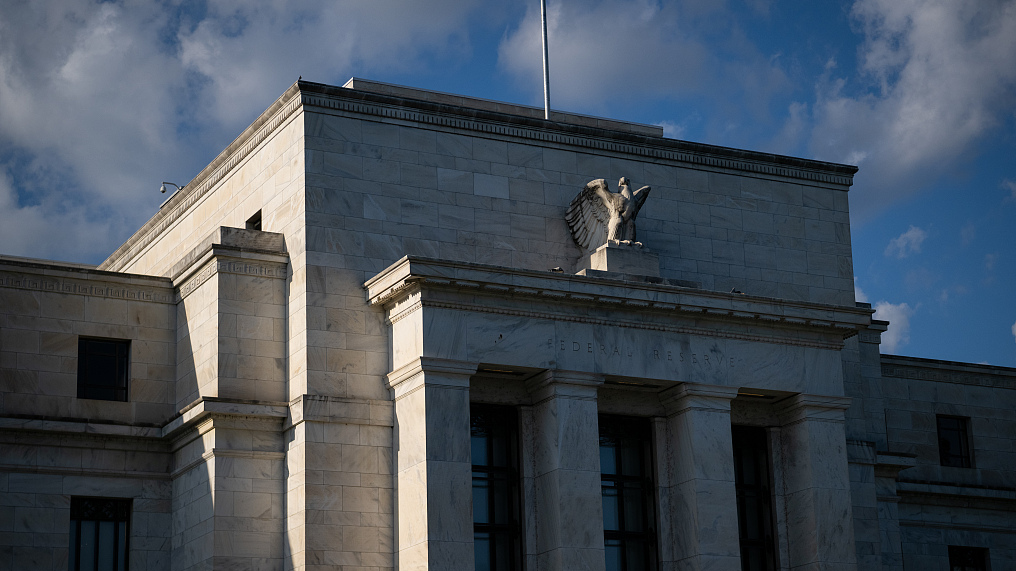
A view of the U.S. Federal Reserve's main offices in Washington, D.C., U.S., August 9, 2022./CFP
A view of the U.S. Federal Reserve's main offices in Washington, D.C., U.S., August 9, 2022./CFP
U.S. economic activity expanded modestly in recent weeks, although it was flat in some regions and declined in a couple of others, the Federal Reserve said on Wednesday in a report that showed firms growing more pessimistic about the country's economic outlook.
Moreover, the U.S. central bank's latest collection of anecdotes from contacts across its 12 districts, known as the "Beige Book," noted inflation pressures had eased somewhat and were expected to continue doing so. This was a key "soft data" that indicates that the Fed's aggressive interest rate hikes may have started to turn the tide against the highest inflation in 40 years.
"Some contacts noted solid pricing power over the past six weeks, while others said cost pass-through was becoming more difficult as customers push back," said the report, which was compiled by the Dallas Fed from contributions received through October 7. "Looking ahead, expectations were for price increases to generally moderate."
That was a notable contrast with the previous report from late summer that had concluded most Fed contacts then had "expected price pressures to persist at least through the end of the year."
The view that inflation was moderating was accompanied by concerns over the economic cost of the Fed's rate hikes aimed at bringing those price pressures to heel: Demand was generally seen as softening.
"Outlooks grew more pessimistic amidst growing concerns about weakening demand," the Fed said.
With the latest data showing inflation by the Fed's preferred measure continuing to run at more than three times the central bank's 2 percent target, despite what has already been the most aggressive round of Fed policy tightening in 40 years, the report may do little to temper expectations for a fourth straight 75-basis-point rate hike in three weeks.
Policymakers have signaled they will keep raising rates until they see inflation cooling, even as they acknowledge that higher borrowing costs will likely translate to slower growth, softer labor markets and a likely increase in unemployment.
Source(s): Reuters